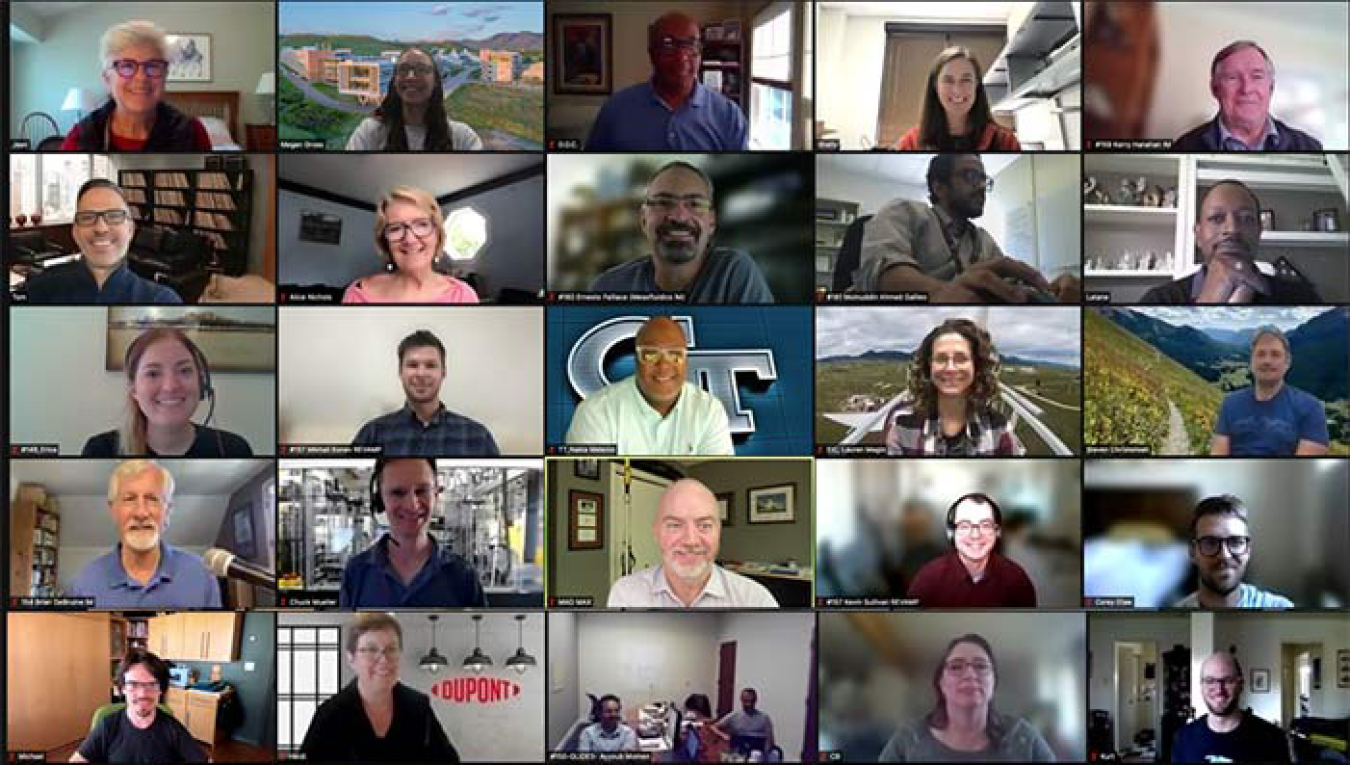
Members of Energy I-Corps Cohort 13
The opening session for Energy I-Corps Cohort 13 was held Sept. 20–24, 2021, and the closing session was held Nov. 16–18, 2021.
Cohort 13 was composed of 16 teams from Argonne National Laboratory (ANL), Idaho National Laboratory (INL), National Energy Technology Laboratory (NETL), National Renewable Energy Laboratory (NREL), Oak Ridge National Laboratory (ORNL), Pacific Northwest National Laboratory (PNNL), and Sandia National Laboratory (SNL).
The entirety of Cohort 13 was held virtually due to the COVID-19 pandemic.
Teams and Technologies
 Team 147: Team Athena, NREL
Team 147: Team Athena, NRELTeam Members
- Principle Investigator: Monte Lunacek
- Entrepreneurial Lead: Lindy Williams
- Industry Mentor: John Meissner
Technology Description
We are using high-performance computing and algorithms in optimization and data science to help improve mobility at transportation hubs such as airports and seaports.
 Team 148: DFI, SNL
Team 148: DFI, SNLTeam Members
- Principle Investigator: Charles J. Mueller
- Entrepreneurial Lead: Kirby J. Baumgard
- Industry Mentor: Danan Dou
Technology Description
Ducted fuel injection can reduce pollutant emissions from highly efficient, heavy-duty diesel engines by 50% to 100% for engine manufacturers using a simple mechanical device that is installed inside the combustion chamber. The system is synergistic with fuels that don’t cause climate change, and it is potentially retrofittable to current engines. It is also 25% to 90% less expensive than current or proposed future approaches, making it a great solution for applications where long range, light weight, small size, and rapid re-energizing are critical.
 Team 149: ThermaSET, SNL
Team 149: ThermaSET, SNLTeam Members
- Principle Investigator: Erica Redline
- Entrepreneurial Lead: Koushik Ghosh
- Industry Mentor: Heidi Burch
Technology Description
Crosslinked polymers (e.g., epoxies, urethanes) are robust materials often used for protective applications such as coatings and underfills in microelectronic, aeronautical, and other industries. However, when heated or cooled, these protective polymers tend to expand and contract faster than the items they are trying to protect, leading to stresses that can cause failure. Adding fillers marginally helps in reducing the thermal expansion and contraction of the polymers but often creates additional problems with processing. We have developed a unique chemistry solution to combat disparities in thermal expansion mismatch of crosslinked polymers and substrates without using fillers—novel curative molecules that contract upon heating.
 Team 150: GLIDES, ORNL
Team 150: GLIDES, ORNLTeam Members
- Principle Investigator: Ahmad Abuheiba
- Entrepreneurial Lead: Ayyoub Momen
- Industry Mentor: Andrei Zorilescu
Technology Description
GLIDES is an energy storage technology that stores electricity at half the cost of batteries and, unlike batteries, lasts for more than 20 years. It consists of pressure vessels filled with gas to high pressure. When excess electricity is available, it is used to run a pump that pushes liquid into the vessels, raising the gas pressure higher. The electric energy is then stored in the form of compressed gas. To retrieve the stored energy, the water that is under high pressure in the vessels is discharged through a turbine. The turbine spins an electric generator to generate electricity.
 Team 151: Fractured, SNL
Team 151: Fractured, SNLTeam Members
- Principle Investigator: Timothy Briggs
- Entrepreneurial Lead: Nalini Menon
- Industry Mentor: Cliff Hudson
Technology Description
Our technology redefines the approach to fracture mechanics testing of structurally bonded materials for engineering design. We have revolutionized the process of specimen preparation and mechanical testing in order to significantly improve efficiencies. Our approach allows many more environments and testing conditions to be evaluated in a fraction of the time and cost in order to make products better, more reliable, and less expensive.
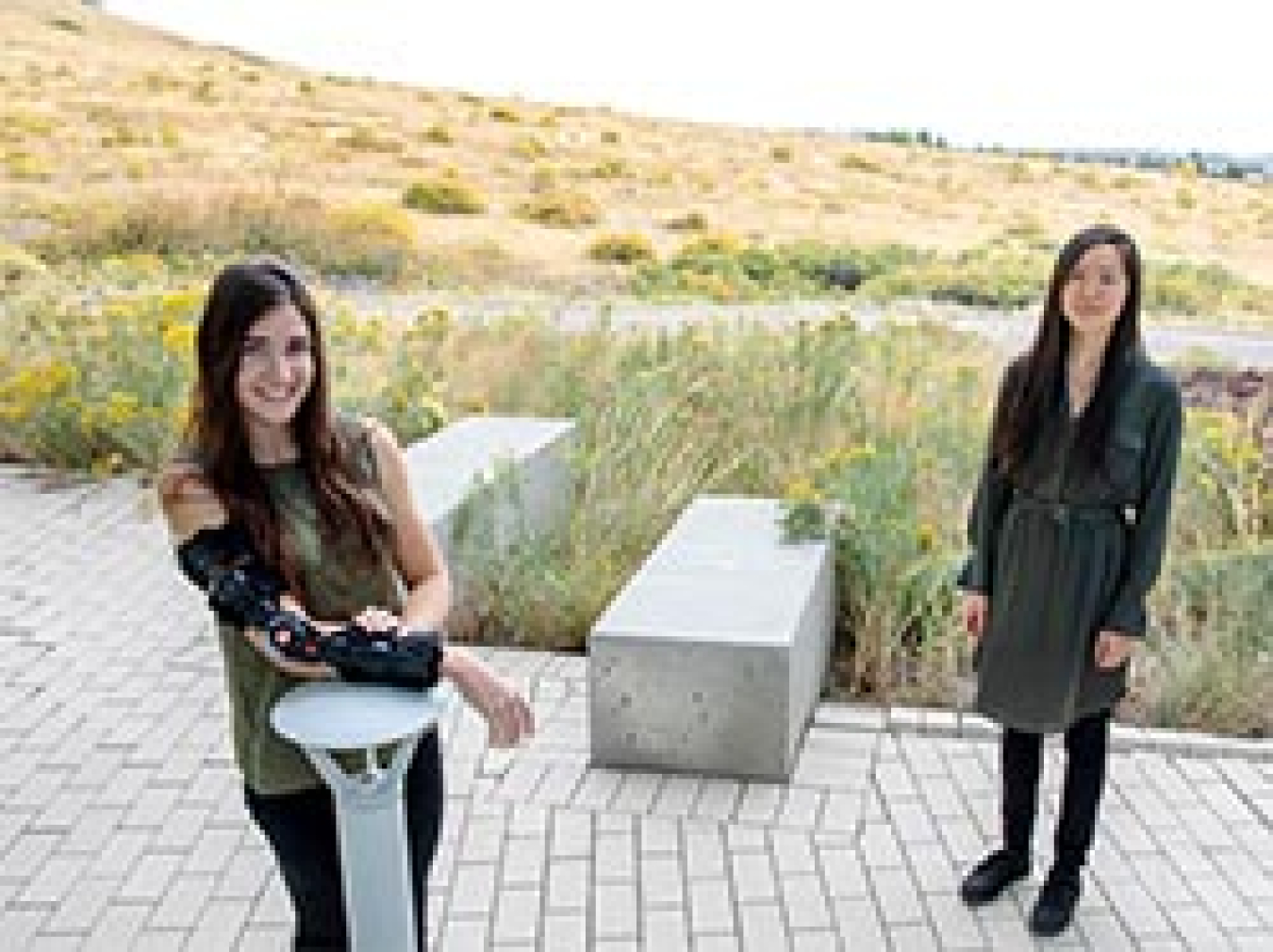 Team 152: EnStore for BTMS, NREL
Team 152: EnStore for BTMS, NRELTeam Members
- Principle Investigator: Darice Guittet
- Entrepreneurial Lead: Madeline Gilleran
- Industry Mentor: Alexander Clark
Technology Description
EnStore, short for energy storage, is a tool developed to evaluate how innovative, critical-material-free energy storage technologies can be used to minimize electricity costs and the need for significant upgrades to the grid while supporting electric vehicle deployment. EnStore simulates the system performance of buildings with fast-charging stations for electric vehicles, whose grid impacts may be buffered with renewable-energy, electric-storage, and thermal-energy technologies. EnStore helps stakeholders understand the design and opportunity space across sites with different building types, climates, utility rates, and electric vehicle charging station designs and utilization levels.
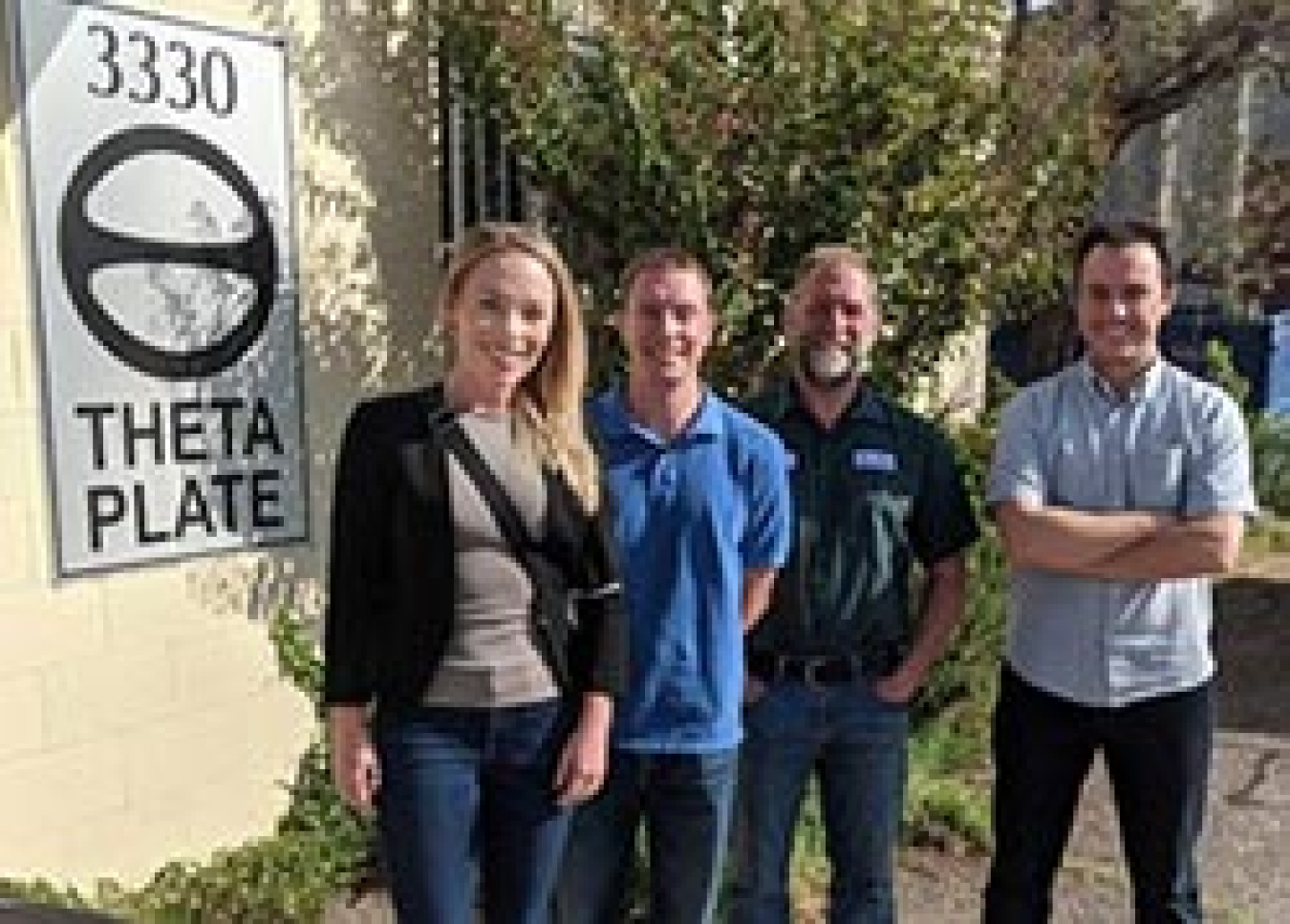 Team 153: Wolfram Plating, SNL
Team 153: Wolfram Plating, SNLTeam Members
- Principle Investigator: Tylan Watkins
- Entrepreneurial Leads: Kyle Klavetter, Carlos Perez
- Industry Mentor: Aaron Velasquez
Technology Description
Our technology is a chemical formula and process for electroplating tungsten.
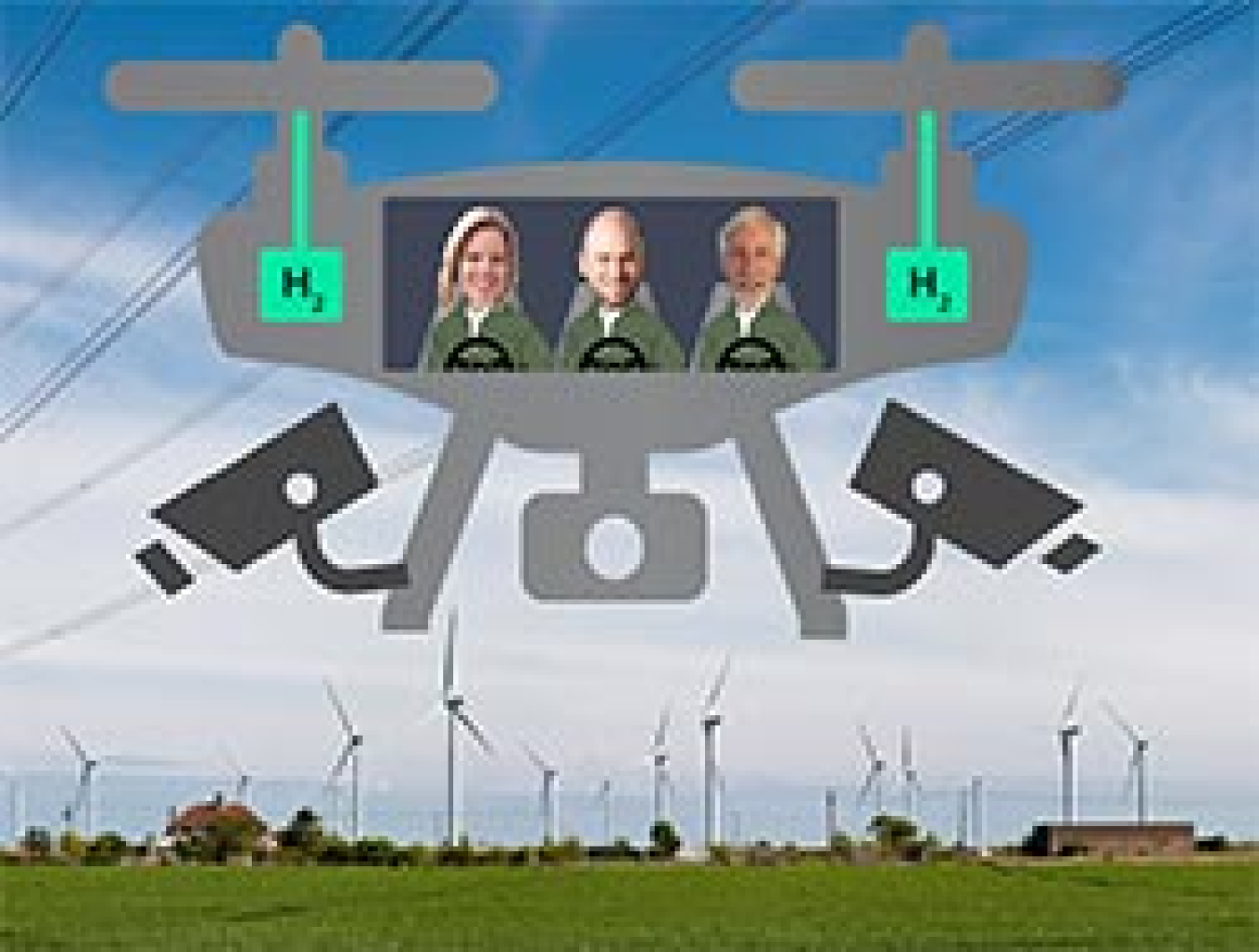 Team 154: High Flying Hydrides, NREL
Team 154: High Flying Hydrides, NRELTeam Members
- Principle Investigator: Katherine Hurst
- Entrepreneurial Lead: Kurt Van Allsburg
- Industry Mentor: Brian DeBruine
Technology Description
Emerging technologies in fuel-cell-powered electric aircraft (drones, helicopters) require rapid, on-demand hydrogen delivery to meet capacity and flight time requirements. FLASH creates a quick release of pure hydrogen gas at a low temperature that could enable breakthroughs for electric aviation. The FLASH technology is a modified metal hydride that can be integrated directly into a fuel cartridge system, which are easily amendable to scale up. Beyond electric aviation, this new technology could address technical barriers for quick fuel-cell startup, uninterrupted hydrogen supply, and remote high-pressure hydrogen.
 Team 155: Lithium Battery, INL
Team 155: Lithium Battery, INLTeam Members
- Principle Investigator: Bin Li
- Entrepreneurial Lead: Corey Efaw
- Industry Mentor: Feng Zhao
Technology Description
We developed a lithium-metal anode with a protective coating to use in a battery. This coating is porous, which allows lithium ions to travel to and from the lithium metal with ease, as well as able to handle the volume change of the lithium metal very well during ion plating and stripping without cracking. This coating design can be used to improve the stability of metal-based batteries, which are of interest for new clean energy.
 Team 156: memQ, ANL
Team 156: memQ, ANLTeam Members
- Principle Investigator: Sean Sullivan
- Entrepreneurial Leads: Rohit Nagpal, Manish Singh
- Industry Mentor: Andreas Roelofs
Technology Description
Quantum technologies take advantage of the most fundamental laws of physics for new ways of approaching computation, sensing, and ultrasecure communication. Team memQ has developed a materials platform to enable the development of quantum devices at scale. memQ uses high-quality thin films that host atom-sized quantum defects. These thin films are compatible with existing semiconductor processing technology, enabling large-scale fabrication of quantum devices and integration with photonics.
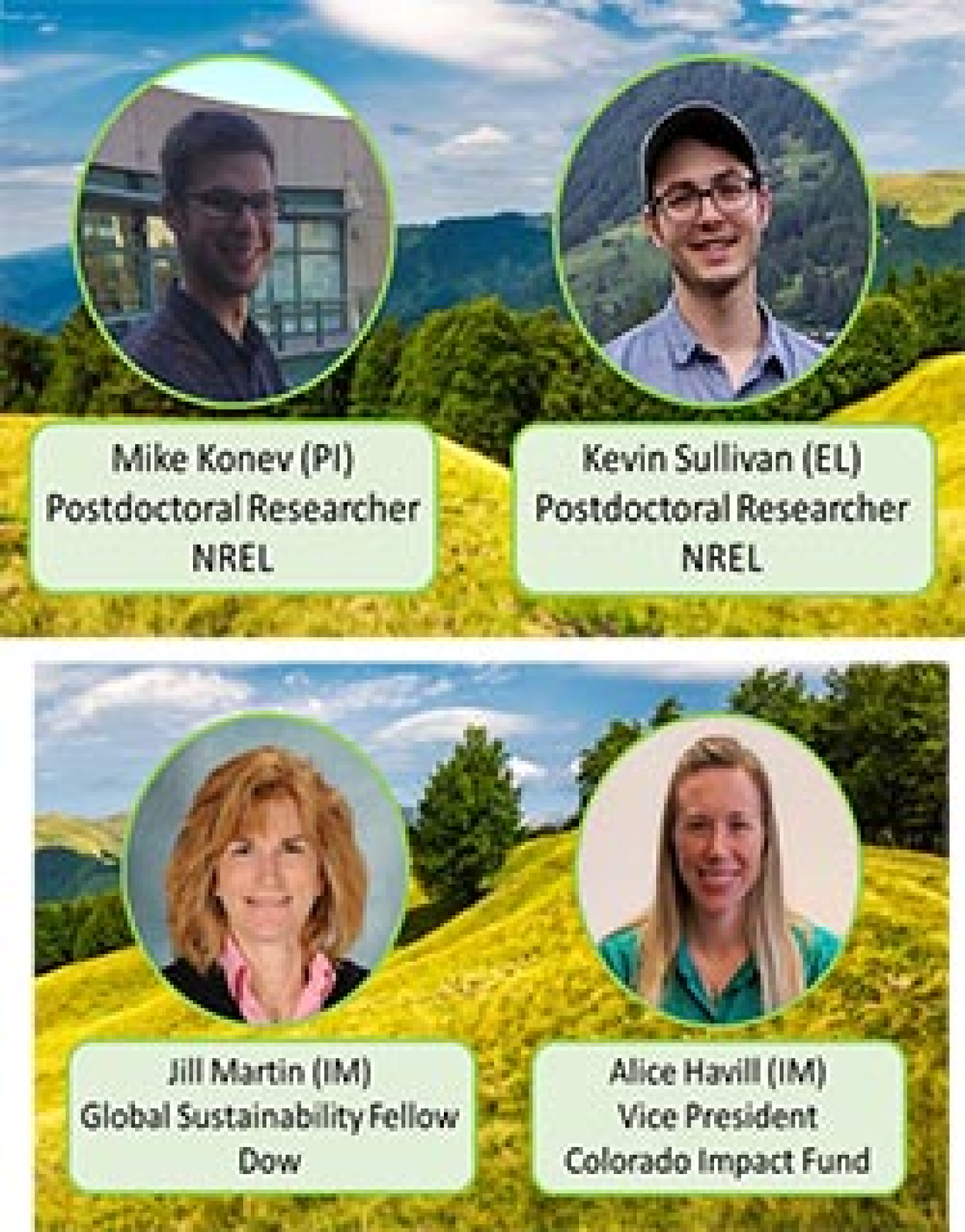 Team 157: REVAMP, NREL
Team 157: REVAMP, NRELTeam Members
- Principle Investigator: Mikhail O. Konev
- Entrepreneurial Lead: Kevin P. Sullivan
- Industry Mentors: Alice Havill, Jill Martin
Technology Description
Our technology seeks to address the problem of waste plastic pollution by developing a process that can convert mixed plastics to value-added products through a chemical and biological funneling approach. This system uses metal catalysts and air to degrade both individual and mixed plastic waste streams to oxidized products, which can either be separated directly or be fed to microbes that have been engineered to consume a variety of products and generate a single output. This technology is operative for a wide range of commercially used plastics, and the organisms can be tailored to generate a variety of value-added products.
 Team 158: Lab-on-a-Fish, PNNL
Team 158: Lab-on-a-Fish, PNNLTeam Members
- Principle Investigator: Jun Lu
- Entrepreneurial Lead: Brett Pflugrath
- Industry Mentor: Doug McMakin
Technology Description
Lab-on-a-Fish is the world’s first miniaturized biotelemetry tag that combines edge computing with wireless sensing of in vivo physiology (electrocardiogram and electromyogram), behavior (acceleration and gyration), and ambient environment (temperature, pressure, and magnetic sensor). Lab-on-a-Fish simultaneously evaluates and monitors the health, behavior, and environment of fish or small aquatic species. Its ability to store and transmit historical sensor data on both environmental parameters and bioactivity offers valuable information for studying fish behavior and response, as well as for conservation and sustainability studies. Raw data on the health, behavior, and environment of the tagged animal is transmitted in real-time and stored using on-board flash memory.
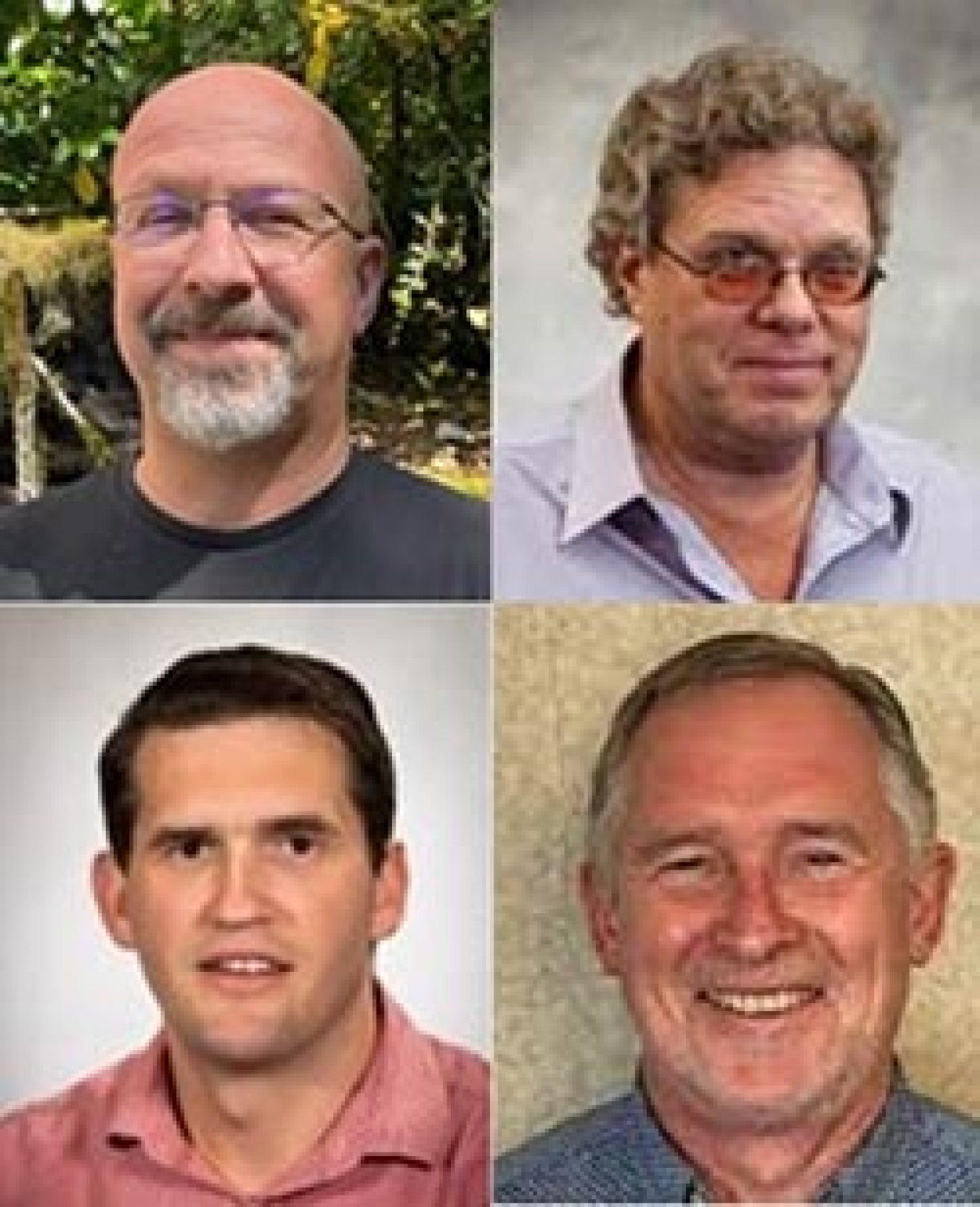 Team 159: Hyper Team, NETL
Team 159: Hyper Team, NETLTeam Members
- Principle Investigator: Dan Oryshchyn
- Entrepreneurial Leads: Sam Bayham, Nata Indrawan
- Industry Mentors: Kerry Hanahan, Jessica Sinclair
Technology Description
A hybrid solid oxide fuel cell and gas turbine power system offers an effective solution for supporting distributed power. Due to increased solar and wind generation, electric generators are currently experiencing frequent ramping operations. To cope with this challenge, flexible distributed-scale power-generation systems with high efficiency are needed for grid stability. This hybrid system provides fuel flexibility, a maximum efficiency of 76% on natural gas, and quick ramping capability. Deployment of this technology can satisfy the influx of intermittent renewable power while lowering carbon emissions.
 Team 160: Mesofluidics, PNNL
Team 160: Mesofluidics, PNNLTeam Members
- Principle Investigator: Xiao-Ying Yu
- Entrepreneurial Lead: Carolyne Burns
- Industry Mentor: Ernesto Faillace
Technology Description
Clog-free filtration is needed across a broad range of industries. Mesofluidic separators are like microfluidic separators but they operate at higher flowrates (e.g., ~1 L/min and higher versus ~10 mL/h) and have dimensions of millimeters. Pacific Northwest National Laboratory (PNNL) developed a novel mesofluidic separation approach that uses periodic arrays of posts (here 500 μm in diameter 800 μm apart) to achieve separation with continuous flows instead of using membranes or porous adsorbents. Large internal void volumes make it unlikely to form cake and fouling in the bump array, permitting operation at high flowrates with low-energy consumption for diverse separation applications.
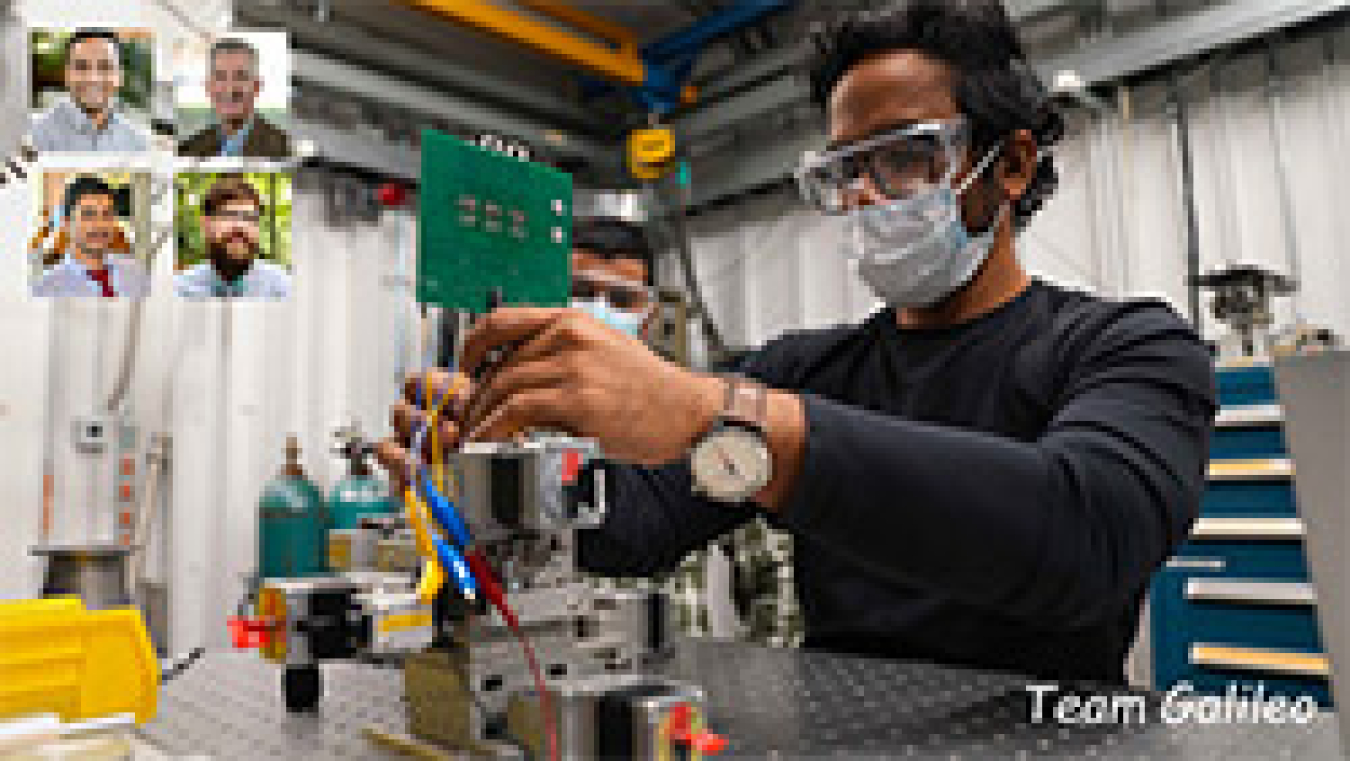 Team 161: GALILEO, ANL
Team 161: GALILEO, ANLTeam Members
- Principle Investigator: Moinuddin Ahmed
- Entrepreneurial Leads: John Hryn, Rajesh Pathak
Technology Description
Argonne’s In-situ physics-of-device-failure analysis techniques is intended to advance manufacturing of wide-bandgap power electronic devices and components.
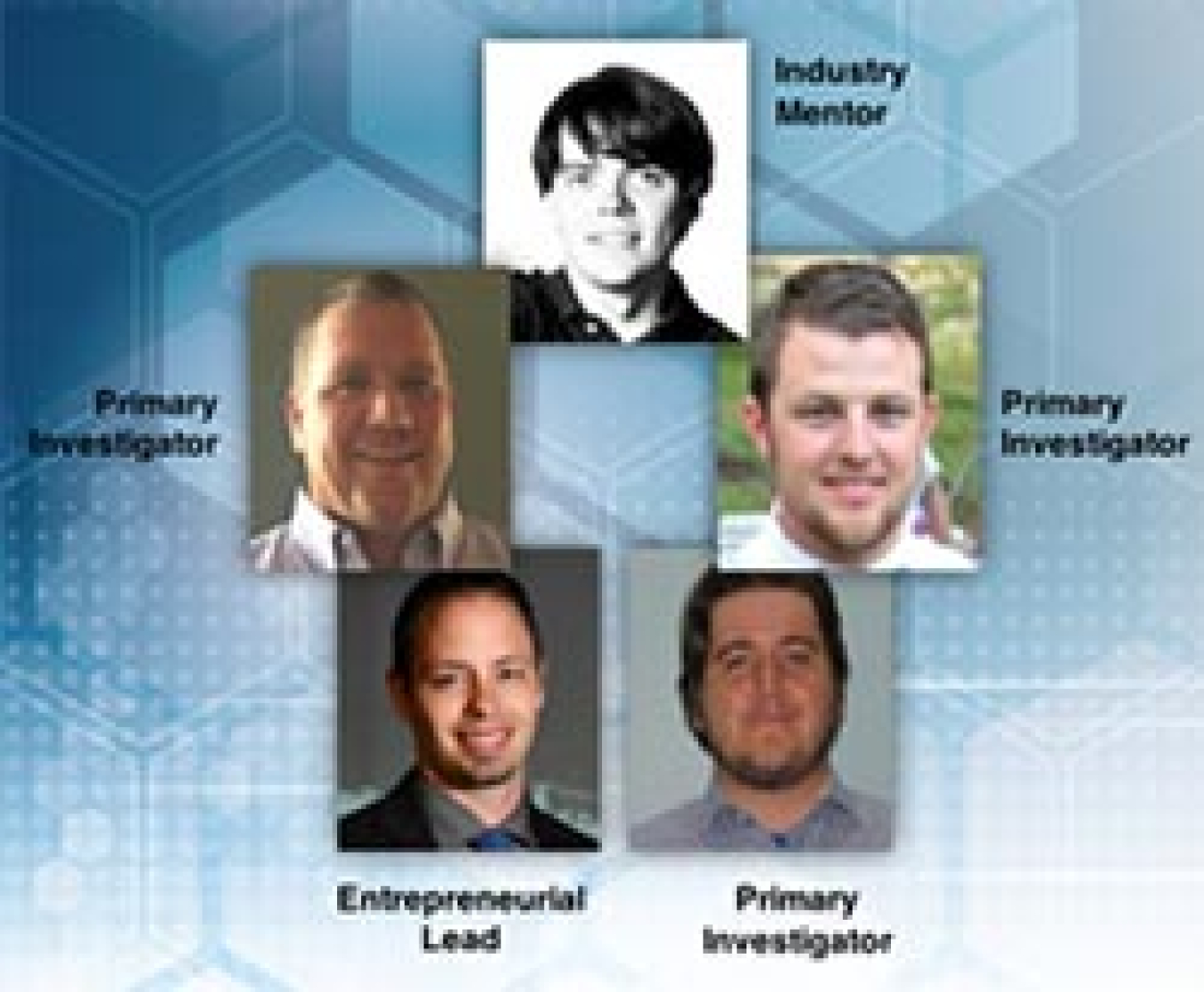 Team 162: C3D, INL
Team 162: C3D, INLTeam Members
- Principle Investigator: Steve Bukowski
- Entrepreneurial Lead: Jake Gentle
- Industry Mentor: Michael Harris
Technology Description
The Constrained Communications Cyber Device (C3D) is designed to reduce the cyber-attack surface of industrial control devices. C3D is focused initially on serial communications and constraining communications on the serial link during desired times.

